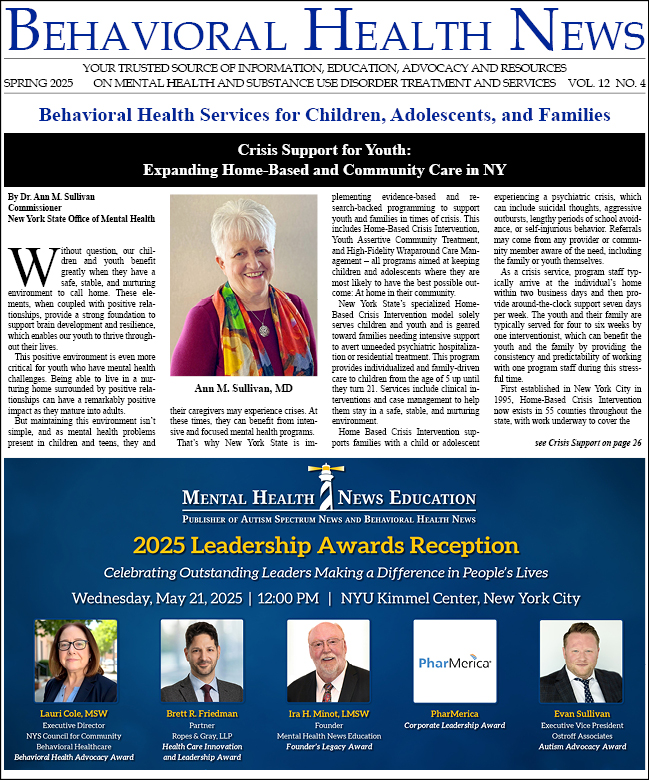-
Suicide in Adolescents: Warning Signs, Risk Factors, and What Parents Can Do to Support Their Teens
Suicidality can affect all age groups, including during the adolescent years (Centers for Disease Control and Prevention [CDC], National Center for Injury Prevention and Control, 2023). The CDC’s Division of Adolescent and School Health (2023) reported data concerning U.S. high school students’...
-
Using the Partnership to End Addiction’s Online Risk Assessment Tool to Assess and Combat Children’s Risk of Developing Addiction
As a society, we’re well versed in the factors that can increase our risk for diseases like cancer and diabetes. But what about risk factors for addiction? Addiction, like diabetes and cancer, is a disease. And as a disease, it is caused by a combination of many different factors:...
-
The Adolescent Therapeutic Community: An Integrated Model of Care
I was once told early in my career that the Therapeutic Community (TC) takes an hour to explain but a lifetime to master. The traditional Therapeutic Community model has saved countless lives over the past several decades featuring a therapeutic milieu that uses the community as the healer and...
-
Pediatric Behavioral Health Urgent Care: An Innovative Model of Care for Children and Adolescents
The Cohen Children’s Pediatric Behavioral Health Urgent Care Center (“BH Urgi”), located on Long Island, NY, is an alternative treatment setting for school-aged children and adolescents ages 5 through 17 in need of urgent mental health support. BH Urgi is intended to provide urgent or...
-
Early Childhood Mental Health Clinic: Unmasking Social-Emotional Needs in Young Children
Think about this: a child who turned 5 years old in March 2022 will have spent 60% of their young life in the age of COVID. Most, if not all, of the child's active memories will be a time when traveling outside the home means wearing a mask. They were told that masks keep them safe; masks protect...
-
The Integration of Treatment and Recovery: Special Considerations for Working with Children
Historically, the term “recovery” was commonly associated with substance use/addiction services and was popularized in the United States through Alcoholics Anonymous (AA) (Witkiewitz, K., et al., 2020). Beginning in 1939, AA published materials highlighting recovery as a personal journey toward...
-
Context Counts in Caring for Chemically Dependent Kids and Families
Despite feeling blindsided, many of us now know that we are living in the midst of an unprecedented drug epidemic. According to the U.S. Department of Health and Human Services, since 1999, the rate of overdose deaths including prescription pain relievers, heroin and synthetic opioids such as...
-
Transformations at MHA Westchester: Children’s Services
In a recent edition of Behavioral Health News, The Mental Health Association of Westchester wrote of sweeping transformations in process throughout our agency, with a specific focus on services for adults. In this edition, we describe the transformations occurring throughout our services for...
-
Consumer Perspectives: Advocates, Supporters, Parents
Services for the UnderServed partnered with the National Alliance on Mental Illness – New York City (NAMI-NYC) for this special edition of this column. This article is part of a quarterly series giving voice to the perspectives of individuals with lived experiences as they share their opinions on...
-
Building Workforce Capacity to Support the Mental Health Needs of Young Children and Their Families
New York City is supporting its youngest children’s early development and their families through an innovative training partnership and network, funded by the New York City Department of Health and Mental Hygiene (DOHMH) as part of ThriveNYC. The Early Childhood Mental Health Network, which...







